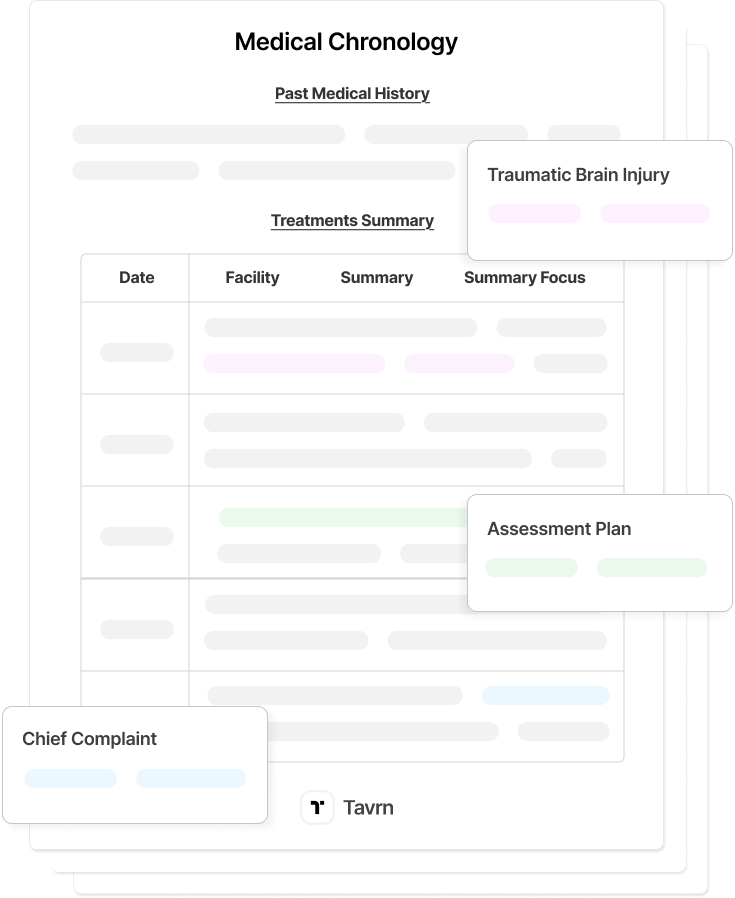California operates under one of the most comprehensive medical malpractice damage limitation frameworks in the United States through the Medical Injury Compensation Reform Act (MICRA).
California's system applies separate limitations for wrongful death versus non-wrongful death cases, with annual increases providing predictable case valuation parameters.
This article reviews California's malpractice caps, legal framework, court precedents, and procedural rules.
Legal Framework & Constitutional Authority in California
California's medical malpractice damage caps derive from comprehensive statutory authority centered on the Medical Injury Compensation Reform Act (MICRA), established in 1975 and updated in 2023. Constitutional validity has been consistently upheld through nearly four decades of precedent.
The statutory framework distinguishes between economic and noneconomic damages under California Civil Code Section 3333.1, with caps applying only to noneconomic damages. Section 3333.2(f) authorizes separate caps per defendant category, distinguishing between healthcare providers and institutions for multi-defendant cases.
Assembly Bill 35 (2022) created the current escalating cap structure that will continue through 2034.
2025 California Medical Malpractice Caps
California's current damage cap structure operates on an escalating annual increase model:
Noneconomic Damages: $470,000 (2025)
The noneconomic damages cap is adjusted annually, with increases of $40,000 per year through 2033, reaching a maximum cap of $750,000. Once the maximum cap is reached, Section 3333.2(d) mandates annual adjustments equal to 2% or Consumer Price Index increases, whichever is greater.
Once the maximum cap has been reached, Section 3333.2(d) mandates annual adjustments equal to 2% or Consumer Price Index increases, whichever is greater.
Wrongful Death Cases: $650,000 (2025)
The wrongful death cap is adjusted annually, with increases of $50,000 per year through 2033, reaching a maximum cap of $1,000,000. Once the maximum cap has been reached, caps on wrongful death damages are subject to the same adjustment as noneconomic damages.
Economic Damages: No MICRA limitations apply to past and future medical expenses, lost wages, or other quantifiable financial losses
Punitive Damages fall under separate Civil Code provisions.
Recent Developments & Pending Legislation
Senate Bill 29 (2024-2025) represented the most significant pending legislation affecting medical malpractice damages. The bill addresses survival action damages under Code of Civil Procedure Section 377.34, seeking permanent removal of sunset provisions limiting decedent estates' noneconomic damage recovery.
Consumer Attorneys of California and Consumer Federation of California support the measure, while California Medical Association and Californians Allied for Patient Protection oppose expansion.
The bill was ordered to inactive file as of September 2025.
No pending legislation directly challenges or modifies the MICRA cap structure established by Assembly Bill 35. The escalating cap framework will continue its predetermined annual increases through 2033-2034 without legislative intervention.
Future reforms may require constitutional amendments or comprehensive MICRA revision to alter the established damage limitation structure.
Key California Medical Malpractice Court Precedents
Two landmark cases illustrate the constitutional foundation and modern reaffirmation of California’s malpractice cap framework:
Fein v. Permanente Medical Group (1985)
In Fein v. Permanente Medical Group (1985), the California Supreme Court reviewed whether MICRA’s $250,000 noneconomic damages cap violated equal protection and due process clauses of the California Constitution. The plaintiff challenged the cap after a jury awarded damages above the statutory limit.
The Court upheld MICRA under rational basis review, establishing that caps serve legitimate state interests such as stabilizing malpractice insurance rates and ensuring continued access to healthcare.
This decision set the constitutional foundation for MICRA, making it extremely difficult for plaintiffs to challenge caps under due process or equal protection arguments. Fein remains the cornerstone case that subsequent courts continue to rely upon.
Lopez v. Ledesma (2022)
In Lopez v. Ledesma (2022), the Court addressed a claim where a jury awarded $4.25 million in noneconomic damages, later reduced to $250,000 under MICRA. The plaintiff argued that the cap violated equal protection and due process, and further claimed MICRA should not apply to physician assistants.
The Court systematically rejected due process and equal protection challenges, holding firm to the precedent established in Fein. Importantly, the Court clarified that MICRA’s provisions apply to physician assistants when acting under agency relationships, reaffirming the broad scope of MICRA’s application.
Procedural Rules for Filing Malpractice Claims in California
Like other US states, California maintains strict procedural requirements for medical malpractice litigation:
- Pre-Suit Notice Requirements: Code of Civil Procedure Section 364 mandates a 90-day written notice specifying legal basis, type of loss sustained, and nature of injuries with specificity.
California State Bar Formal Opinion No. 1984-79 indicates non-compliance subjects attorneys to disciplinary action without invalidating lawsuits.
- Statute of Limitations: Section 340.5 establishes dual-track limitations of one year from discovery or three years from wrongful act (absolute repose). The statute provides a 90-day extension if Section 364 notice is served within limitation periods.
- Expert Witness Requirements: Evidence Code Section 720 requires special knowledge, skill, experience, or training sufficient for subject matter.
Code of Civil Procedure Section 2034.260 mandates expert disclosure typically 50 days before trial.
Faster Preparation for Medical Malpractice Cases in California
California’s escalating cap system requires attorneys to strategically structure damages within the MICRA framework. Noneconomic damages are restricted by tiered statutory ceilings that rise annually, while economic damages such as lost earnings and medical expenses remain uncapped. Maximum recovery depends on how effectively claims are documented and allocated across these categories.
Automated medical record retrieval and chronology building drastically reduce the time required to substantiate damages, allowing attorneys to focus on strategic allocation within the cap framework. Detailed, AI-assisted demand letters further help communicate damages persuasively and swiftly.
Request a demo to learn more about AI-powered medical malpractice case preparation.

.webp)
.webp)




















































